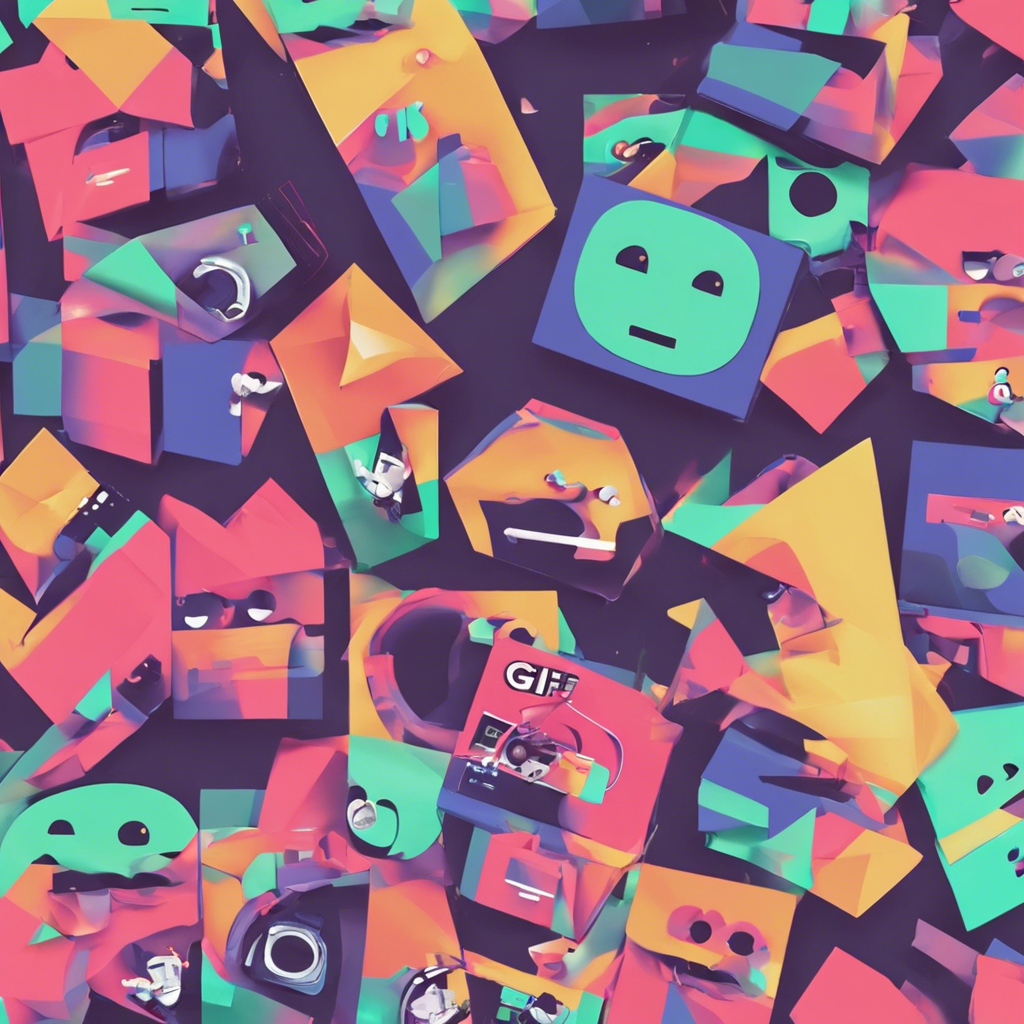Why use GIF instead of video?
Why Use GIFs Instead of Videos?
GIFs, or Graphics Interchange Formats, have become increasingly popular in recent years. They are a type of image file that can contain multiple images or frames, creating a looping animation. While videos are also a popular choice for visual content, there are several reasons why GIFs can be a better option in certain situations.
Smaller File Size
One of the main advantages of GIFs over videos is their smaller file size. GIFs are compressed in a way that reduces their file size without sacrificing quality, making them easier to share and load quickly on websites. This is particularly important for social media platforms, where users expect content to load quickly and efficiently.
No Sound
GIFs are silent, which can be an advantage in certain situations. While videos often rely on sound to convey their message, GIFs can communicate visually without the need for audio. This makes them more versatile and accessible, as they can be viewed in environments where sound is not possible or desirable.
Looping Animation
GIFs are designed to loop seamlessly, meaning they can play repeatedly without interruption. This is ideal for content that needs to be short and to the point, such as social media posts or website banners. Videos, on the other hand, often require a user to click "play" again if they want to watch them multiple times.
Easier to Share
GIFs are incredibly easy to share, making them a popular choice for social media and online communities. They can be easily embedded into websites, shared on social media platforms, or sent via messaging apps. This ease of sharing makes them a powerful tool for engaging with audiences and spreading brand awareness.
Visual Interest
GIFs can add a visual interest to content that static images cannot. They can be used to demonstrate a process, highlight a product feature, or simply add a touch of humor. This visual interest can help to capture and retain the attention of viewers, making them more effective at conveying a message.
Examples of Effective GIF Use
To illustrate the advantages of GIFs, let's look at a few examples of how they have been effectively used in different contexts:
1. Customer Service
Customer service teams often use GIFs to provide visual support for troubleshooting. For example, a user might send a message to a support team with a problem that can be solved with a simple visual demonstration. A GIF can be quickly created and sent, providing a clear and concise solution that is easy to understand.
2. Social Media
Social media platforms are a natural home for GIFs. They can be used to add personality to brand accounts, respond to user queries, or simply share interesting or humorous content. GIFs are particularly effective on platforms like Twitter, where character count is limited, and brevity is key.
3. Marketing
GIFs can be used in marketing to highlight product features, demonstrate usage, or create a sense of urgency. For example, a retailer might use a GIF to show off a new product, or a travel company might use one to showcase a destination. The visual nature of GIFs can make marketing content more engaging and memorable.
4. Education
In the education sector, GIFs can be used to explain complex concepts in a simple and engaging way. They can illustrate processes, demonstrate scientific principles, or provide visual examples of historical events. This makes learning more accessible and enjoyable for students.
Conclusion
While videos offer a rich and immersive experience, GIFs have their own unique set of advantages. Their small file size, silent playback, looping animation, ease of sharing, and ability to add visual interest make them a versatile tool for a wide range of applications. Whether for customer service, social media, marketing, or education, GIFs can be a powerful addition to any visual content strategy.
In a world where attention spans are getting shorter and content is consumed at an unprecedented rate, GIFs offer a quick, easy, and engaging way to communicate. As such, they are here to stay and will continue to be a popular choice for creators and consumers alike.
Discover more from EMD
Subscribe to get the latest posts to your email.
